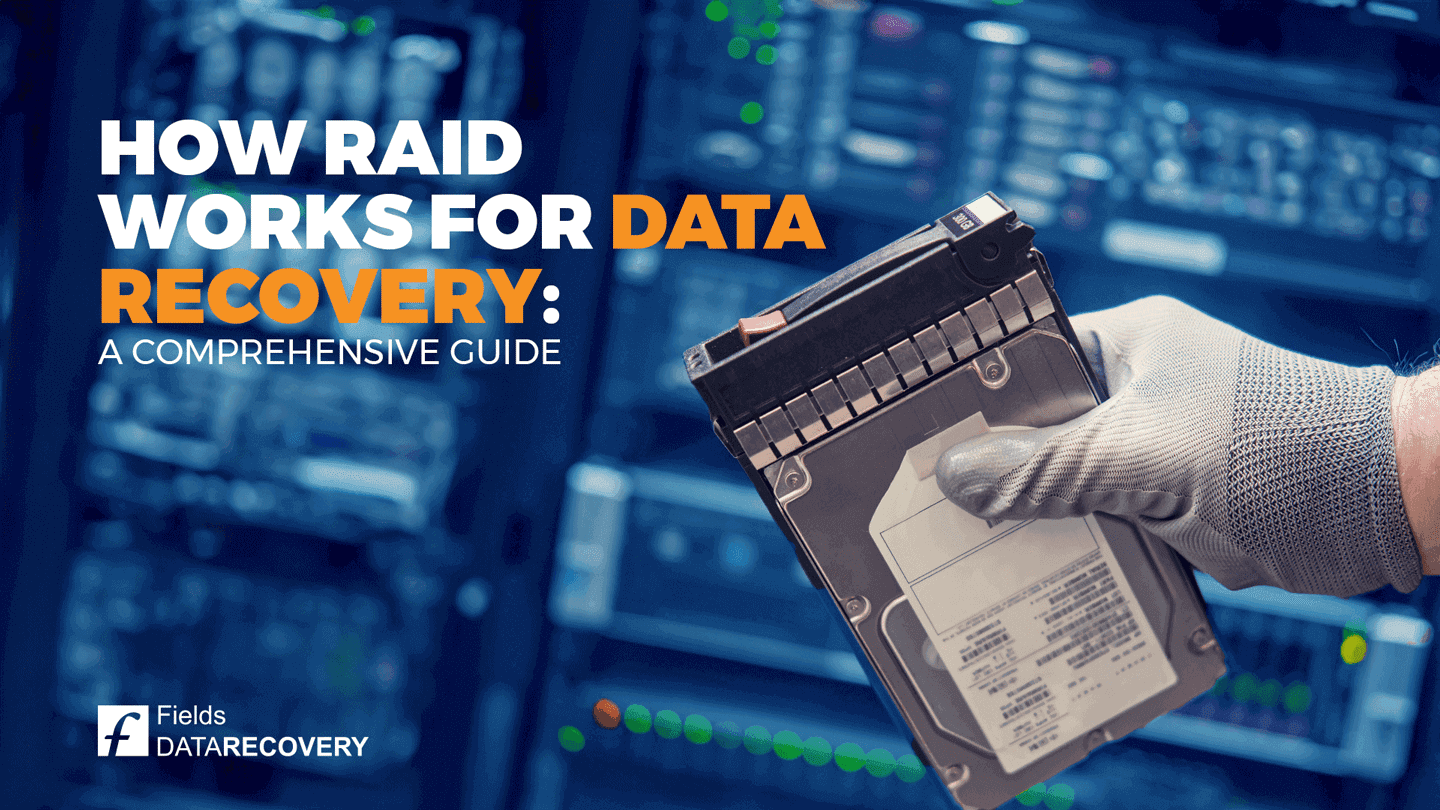How RAID Works for Data Recovery: A Comprehensive Guide

United Kingdom businesses rely heavily on data storage and maintenance. With the continuous growth of technology, businesses store and process more data than ever before. However, as data grows, so does the risk of data loss or corruption. Businesses must take necessary precautions to protect their data, and that's where RAID comes into play. In this blog post, we will provide you with a comprehensive guide on how RAID works for data recovery.
What is RAID?
RAID stands for Redundant Array of Inexpensive Disks. It's a technology that uses multiple disks to enhance data storage reliability and performance. RAID levels determine how data is distributed across the disks in an array. Each had an impact on costs and performance. RAID can recover data in the event of one disk failure.
How Does RAID Work?
RAID uses multiple disks, which store data in a specific order called "stripes." Data is stripped across multiple disks for read and write performance, and for redundancy. There are different RAID levels that provide various levels of redundancy. Redundancy in RAID means that if one disk fails, the array can continue to operate with no loss of data, preventing a data loss catastrophe.
RAID 0 - Striping
RAID 0 is the most basic RAID level. Data and files are split across two or more disks to improve performance. However, there's no redundancy, so if one disk fails, the array will fail completely.
RAID 1 - Mirroring
RAID 1 creates an exact duplicate of the primary disk. It works well for critical data. However, it isn't ideal for large data sets since it requires a lot of disk space.
RAID 5 - Striping with Parity
RAID 5 stores data and parity data across multiple disks, ensuring no loss of data if one disk fails. It's the most common RAID level for small businesses.
RAID 6 - Striping with Double ParityRAID 6 is similar to RAID 5, but it stores data and double parity information across more than two disks. It can withstand two disk failures without data loss, making it ideal for larger businesses.
Conclusion:
RAID technology provides businesses with assurance that their data is safe from corruption and loss. When you need data recovery from RAID arrays, there are plenty of data recovery companies in the UK that can help you recover your lost data. Here at Fields Data Recovery, we offer data recovery services that go beyond the usual data recovery services in the UK. We understand the value of your data and aim to help you get back to your business operations in no time. Contact us today at 0800 083 7891 for all your data recovery needs.
